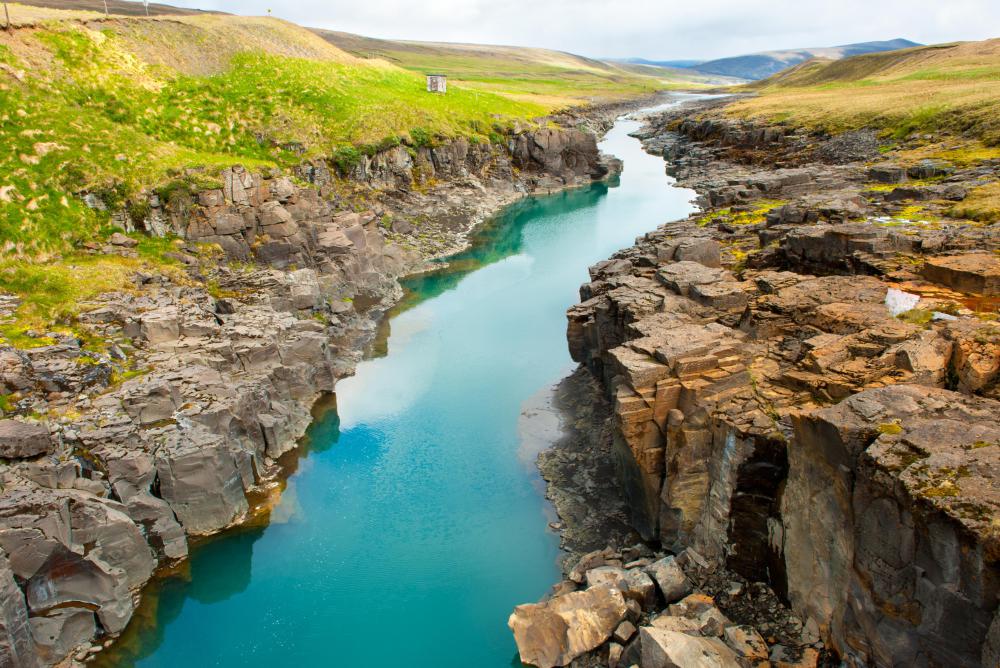At HomeQuestionsAnswered, we're committed to delivering accurate, trustworthy information. Our expert-authored content is rigorously fact-checked and sourced from credible authorities. Discover how we uphold the highest standards in providing you with reliable knowledge.
What Is Porcelain Clay?
Procelain clay is a type of raw material that potters and other craftsmen use to create ceramic objects. It is a very smooth clay, typically a white or light gray color, and it is obtained by mining. It contains very few extraneous materials, like sand or minerals. Porcelain clay is extremely soft, making it an excellent clay for creating small, delicate objects like china or figurines.
Unlike earthenware clays, which are commonly found in river beds, canyons, and other crevices in the earth's surface, porcelain clay must be mined. It is made of kaolinite, which gives the clay its white color. This mineral is also found in rocks.

Handmade porcelain pottery is handcrafted or made on a wheel. If it is handcrafted the potter uses tools to roll out coils of pottery, or flat pieces and creates pieces from those shapes. Using a wheel, a potter "throws" an item. This term comes from ancient pottery techniques that required the potter to throw a stone tied to a piece of string on the wheel to cause the wheel to spin.

The potter takes a piece of clay formed into a ball and presses it firmly into the plate on the top of the wheel. As the wheel spins, the potter uses his hands or tools to create an opening which he widens and shapes to form what he wants. Since porcelain clay is very soft, the lightest touch from the potter can manipulate it.
Its consistency — how "plastic" it is — lends itself to delicate work. A non-plastic clay will easily break and crumble. Porcelain is very plastic, however. Typically, adding water to a clay will increase its plasticity somewhat, but plasticity mostly depends on the chemical makeup of the clay itself.
After the piece has dried, it is fired, glazed, and fired again. The first firing is called the bisque. It makes the clay hard and brittle, like glass. The glaze is a mixture of clay, silicon, and other minerals and can be colored or clear.

Large scale manufacturers often use a mold to create porcelain clay items. A very thin, watered down version of the clay is poured into a mold, dried, and then fired and glazed. This is faster than hand throwing the pottery and requires much less labor.
When fired at the correct temperature, typically 3,270 degrees F (1,800 degrees C), the porcelain is light and translucent. Porcelain is often mixed with other clays to decrease its firing temperature range and to make it easier to work with. A clay that is thicker and rougher will give porcelain more durability and can also darken the color of the porcelain clay.
AS FEATURED ON:
AS FEATURED ON:













Discuss this Article
Post your comments